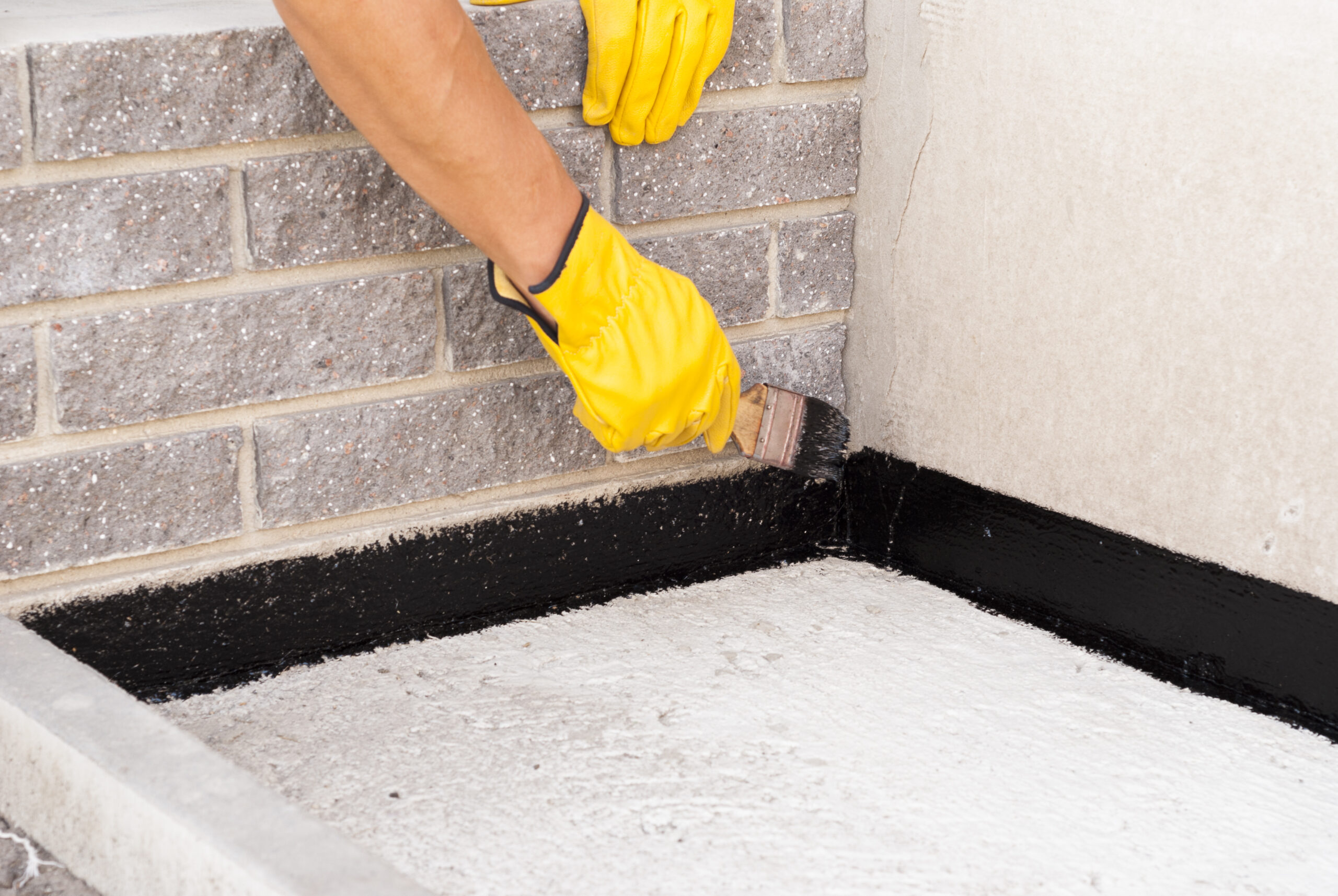If you haven’t yet considered waterproofing your home, now is the perfect time to consider your options.
- An estimated 98 percent of basements in the US will suffer from some type of water damage during their lifetime.
- Each day 14,000 people across the US experience a water damage emergency in their home or workplace.
Water damage in residential and commercial buildings is a widespread problem, and it’s one of the most prominent threats to your property and belongings. One of the reasons it’s so common is the long list of unforeseen problems that can cause it.
Things like rain, seepage, burst pipes, plumbing leaks, overflows and even humidity are all common causes, but damage can also be caused simply by water freezing. This type of damage is not only one of the most common, but also one of the costliest repairs property owners are forced to make.
The average cost of repairs could range up to $11,000 and one homeowner out of fifty will be forced to pay that entire cost. So, it’s a great idea to take measures to ensure that you won’t have to deal with any of that.
You may have already looked into it, but if you haven’t, there are two main types of waterproofing to ensure your home’s safety: interior and exterior. Now, acknowledging our title, you can already assume that we’ll be comparing these two types. And you would be right!
We’ll explain what the results and benefits are with each so that you can make your best choice!
Interior Waterproofing
Now, interior waterproofing isn’t what you might think. It doesn’t stop the water from coming into your home. You can think of it as a policeman at an intersection directing traffic. It controls the path that the water takes to keep it from causing damage.
It’s installed by drilling weep holes, break trenches, inserting pipes, then adding gravel and finally applying a fresh layer of concrete. The pipe is then pitched toward a crock or sump crock (a basin at the lowest part of the basement or crawl space). The water will then be pumped out of the house through the discharge line.
When these systems are installed, they will have several benefits.
One benefit is that it eliminates any mold or dampness in your basement. When the air in your home is clean and dry, the mold and moisture are immediately removed as well. Another benefit is significantly reducing the risk of a flood in your basement. But keep in mind that interior waterproofing is really only a bandaid in most cases. It can stall and prevent symptoms from worsening, but it doesn’t get rid of the root cause.
Exterior Waterproofing
Exterior waterproofing is the recommended method for ensuring that your basement is dry and safe and that it stays that way. It may help you to think of it as a full-on traffic stop. The water won’t be waived through and redirected inside the home; instead, it’ll have to leave and go back into the soil.
This is done by first excavating the soil all the way down to the footer drains to inspect and test the footer drainage. Then assessing any type of vertical or horizontal fault that allows water to enter the home.
A vapor barrier is usually used to tar and seal in the wall. Drains get hooked back up, and finally the perforated pipe is covered with gravel to let the groundwater entering the pipe flow away from the home entirely.
Exterior waterproofing has a lot of benefits, from the same elimination of mold or dampness to being a long-term solution to any water troubles. It’s also a sure-fire way to protect the structural integrity of your home.
Waterproofing also adds a good deal of value to your home. Very few people are going to buy a home that has damage to the basement. However, when you add protection to the foundation and basement, it’ll instantly raise the property’s value overall.
In conclusion, if we had to lean one way or another, we’d pick exterior waterproofing. Interior waterproofing is useful and shouldn’t be overlooked, but exterior waterproofing offers solutions for the current problems and prevents more issues down the line.
Now that you’ve seen and understood the benefits and processes of both methods, you should be on your way to securing your home! However, it needs to be said that all the benefits that we’ve mentioned, and the many more that we left out, only come into effect when professionals do it.
To ensure that you have those professionals, contact Ray Arnold Masonry today for all your waterproofing needs!

